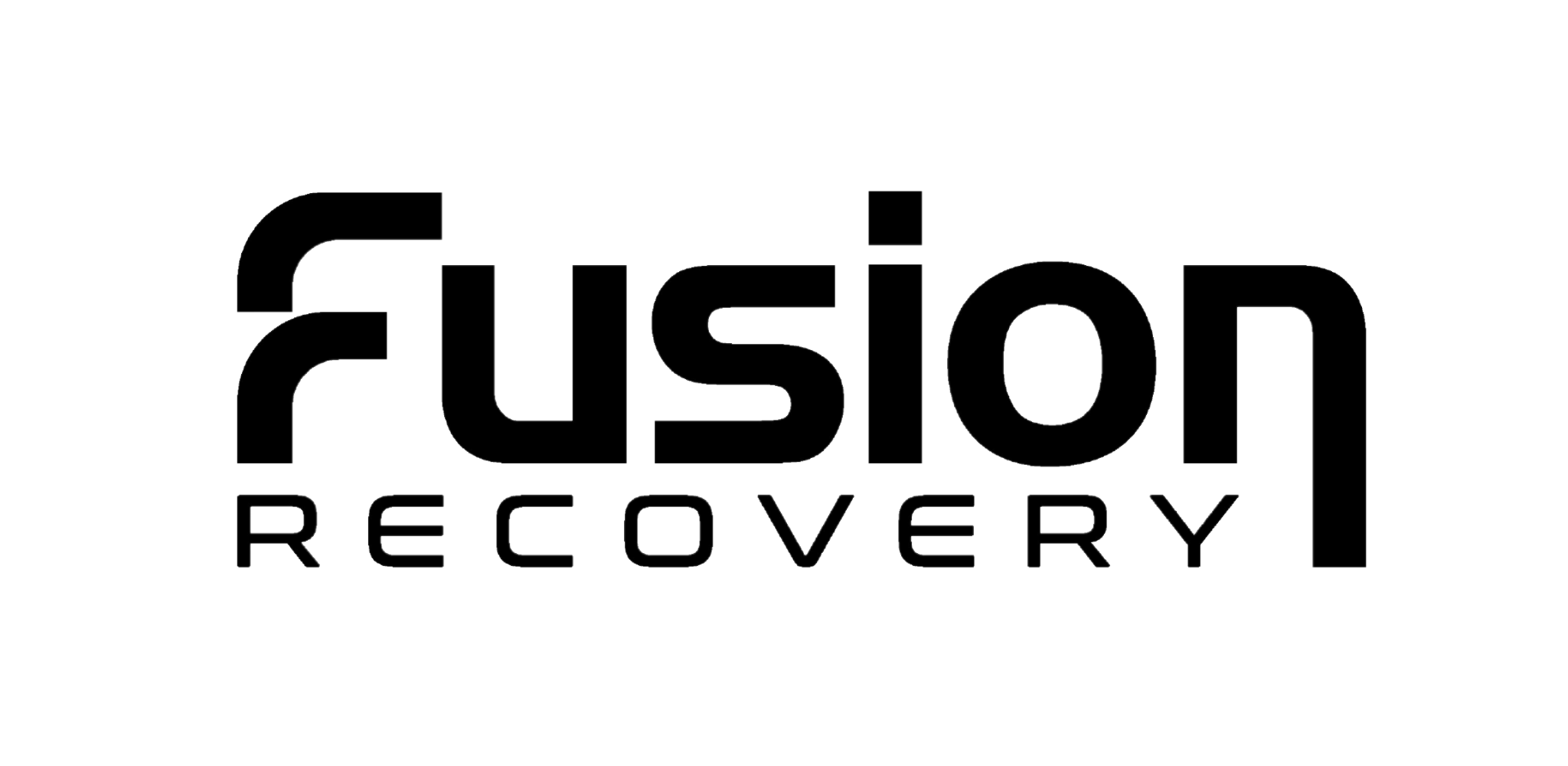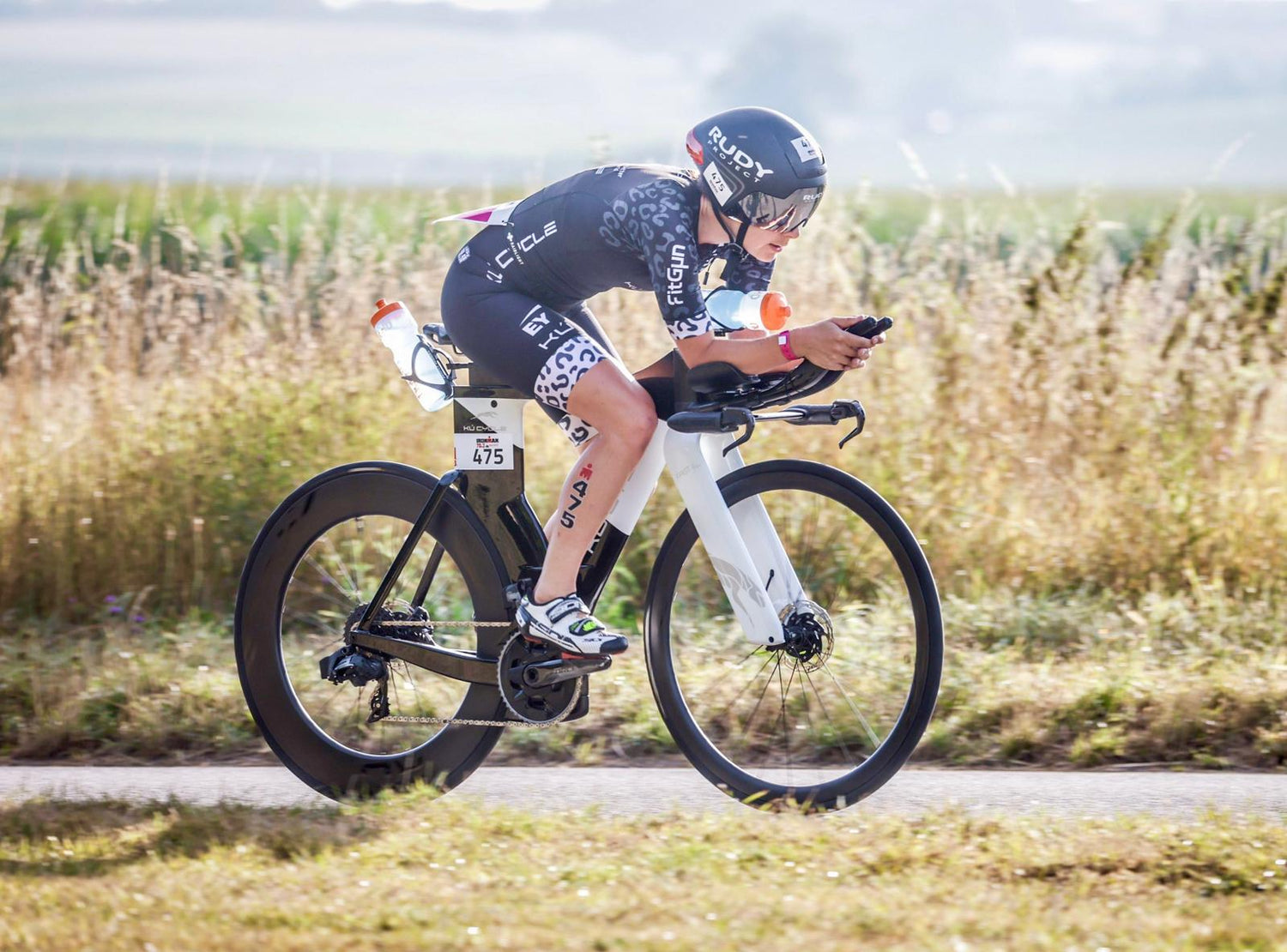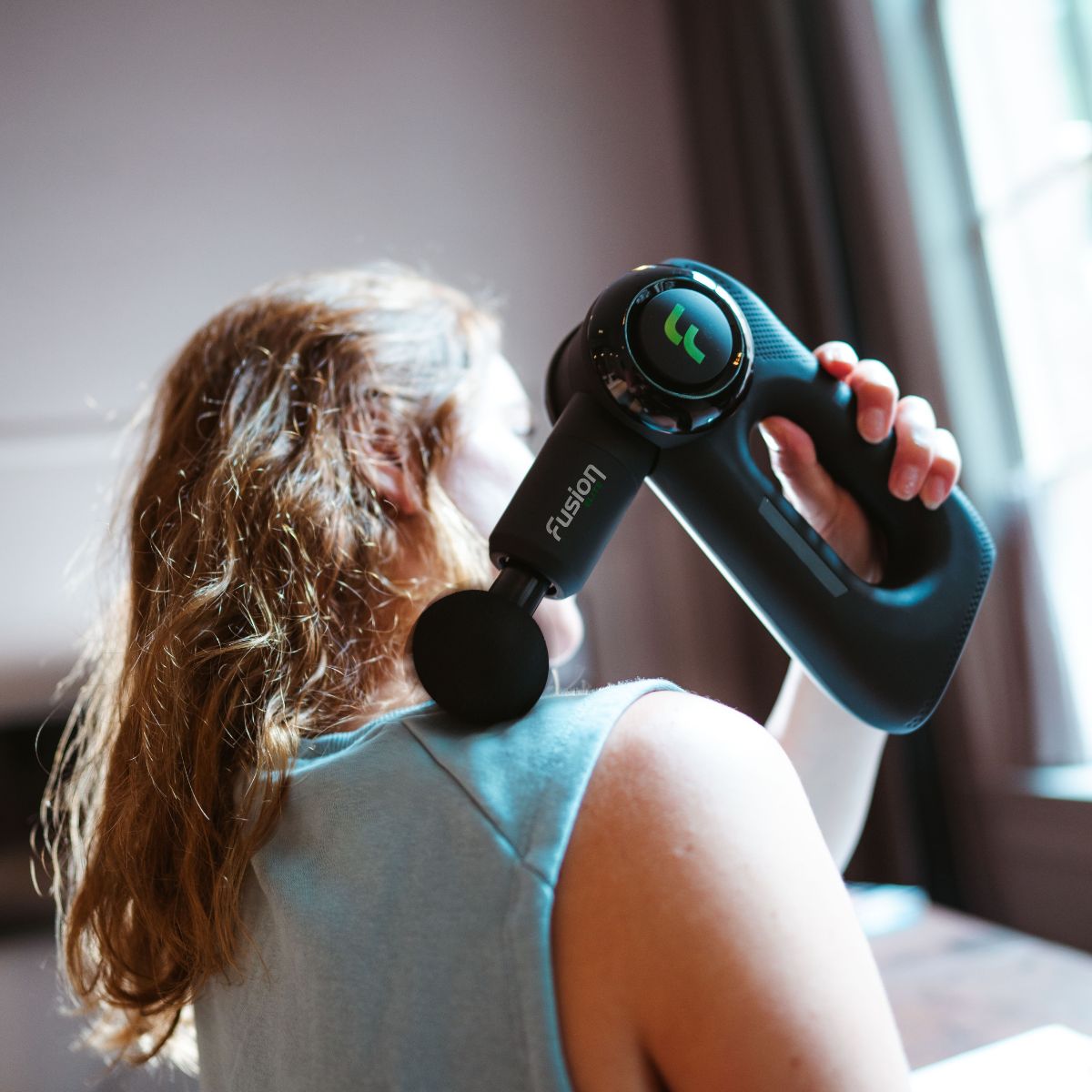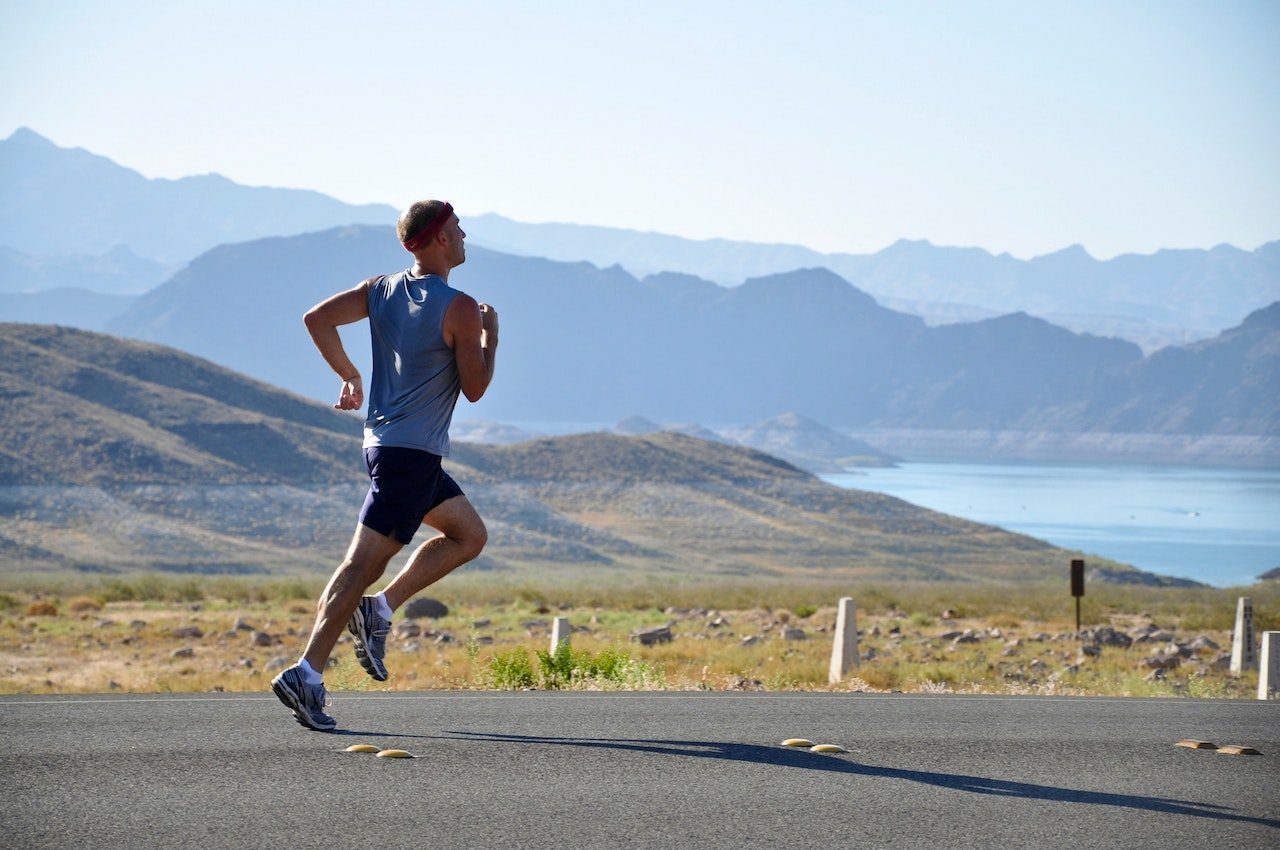Yes, you can bike after leg day, but there's more to it. For example, what kind of exercise is best for your legs? And how long should you ride?
The answer depends on the type of exercise you're doing. If you're biking in a group or with others who are also cycling, then you'll want to keep up with them.
But if you're riding alone, you may be able to go longer than most people without feeling tired. What's more, in this article, we will try to completely explain everything about biking after a leg day.
We will tell you why you should do it, when you should do it, and how much time you should spend on it. So let's get started!
Why Biking After Leg Day is Important
If you have been training hard during the week, and especially when you have a leg day coming up, you probably feel like you could use some recovery time.
But don't just sit around and relax. You need to make sure that you give your body enough rest so that it doesn't suffer any negative effects from all those workouts.
One way to ensure that you're getting enough rest is to take advantage of the benefits of biking after a leg day. The truth is that you can actually benefit from exercising even after leg day because it helps you recover faster.
In fact, one study found that cyclists who exercised after their leg days were able to recover twice as fast as other cyclists who didn't. This means that they had less muscle soreness and recovered quicker.
So if you're looking for ways to speed up your recovery process, consider biking after leg day. It won't only help you recover faster, but it will also boost your overall performance.
It does not matter if you do a leg workout with weights or via resistance training, your recovery will still improve.
When Should You Start Cycling After Leg Day?
Ideal timing is right after leg day. In fact, studies show that it's better to cycle immediately after a leg day rather than wait until later. Why? Because waiting makes it harder to recover.
You see, when you delay your workout, your muscles aren't given enough time to repair themselves. Instead, they continue working overtime, which leads to overuse injuries.
This is why it's important to take advantage of the immediate post-workout window. That's when your muscles are still recovering and not yet fatigued.
You don't want to cycle with sore muscles because your leg muscle groups will be too weak. On top of that, you might end up hurting yourself while trying to pedal.
How Long Should You Cycle After Leg Day? And Why?
There isn't really a set amount of time that you should stay active after a leg day. But if you want to get better as quickly as possible, you should try to stay active for at least 30 minutes.
That's because research shows that the optimal length of time for an effective recovery session is between 20 and 60 minutes. Anything shorter than that, and you risk missing out on the full benefits of your workout.
On the other hand, anything longer than 60 minutes might lead to fatigue. So if you're planning on staying active for more than 30 minutes, you should definitely stop before you begin to feel tired.
If you continue riding past this point, you'll likely experience muscle soreness and cramping. That will decrease your intensity, and you won't be able to do heavy lifting. That way, your leg strength will remain low, and you won't be ready for another leg day.
Is it better to ride for an hour or a half-hour?
Stick with the recommended duration of 30 minutes. If you can't stick with that, then go for 45 minutes. On the other hand, if you're feeling good and want to push yourself, then by all means do so! Just be sure to keep your heart rate in check and not overexert yourself.
Your blood flow is what determines how well your muscles heal. When you exercise too much, your blood flow decreases, which limits the healing process.
So if you plan on doing more than 30 minutes of activity, try to limit your intensity level. Otherwise, you'll end up hurting yourself instead of helping yourself.
What Are the Benefits of Cycling After Leg Day? And What are the Drawbacks?
The biggest benefit of riding after leg day is that it allows you to recover quickly. When you exercise after leg day, you get a double dose of recovery. Not only does this allow you to recover faster (muscle recovery), have better gains in muscle mass, but it also boosts your endurance levels.
And since you've already worked out, you'll have no problem burning calories while you're pedaling away. Plus, you'll be able to enjoy the scenery without having to worry about traffic.
However, there are some downsides to cycling after leg day. You could end up hurting yourself if you don't pay attention to your form. Also, you may find that you become too exhausted to complete your workout.
If you're worried about becoming too tired, you can always choose to bike for just 15 minutes instead of 30. Or if you're concerned about injuring yourself, you can opt to walk instead.
Benefits of cycling after a leg day
Additional benefits are as follows:
-
Improved muscle growth
-
Increased strength
-
Faster recovery
-
Better sleep quality
-
Reduced stress
-
Enhanced mood
-
More energy
-
Lower blood pressure
-
Higher metabolism
-
Improved digestion
-
Improved immune system
-
Lowers cholesterol
-
Improves circulation
-
Reduces body fat
As you can see, there are many reasons why you should consider cycling after a leg day. What's more, your leg workouts will be even more effective when combined with cycling.
Drawbacks of cycling after leg day
Additional drawbacks include:
-
Injury risk (especially if you're new to biking)
-
Muscle soreness
-
Fatigue (overtraining)
-
Dehydration
Keep in mind that these are just guidelines. There are no hard-and-fast rules. It's ultimately up to you to decide whether or not you'd like to bike after leg day.
Are There any Other Ways to Cycle After a Leg Day Besides Biking?
Yes, there are plenty of alternatives, and what's more, you can combine them together to create a unique routine. Here are some ideas:
- Walking or running is one of the best options you have.This will help you burn off excess calories and improve your cardiovascular health.
- Swim: Swimming is another great option. The water provides resistance, which helps build muscles and burn calories at the same time.
- Yoga: Yoga is a great way to stretch and strengthen your muscles.
- Jump Rope: Jumping rope is a great cardio activity that works your entire body.
However, if you had a leg day, you should not overdo it.Try to stick with the suggested amount of time.
You can have even more than one day of rest between each session. This will give your body enough time to recover from the previous workout.
What is the Best Type of Bike to Use After Leg Day?
There are many different types of bikes on the market today. But when it comes to choosing a bike after leg day, you really need to look into the following factors:
-
Comfort level
-
Type of terrain
-
Price
Here are three popular choices:
Road bike
A road bike is an excellent choice for someone who wants to ride long distances. Additionally, a road bike can be used on a trainer or stationary bike as well. Road bikes are typically lighter than mountain bikes, so they won’t weigh down your legs.
Mountain bike
A mountain bike is ideal for those who want to go on rough terrain. Mountain bikes have wider tires and handle better on rough surfaces. They also tend to be heavier than road bikes.
Stationary bike
A stationary bike allows you to work out indoors without having to worry about getting sweaty. What's more, stationary cycling can help burn calories and improve your cardiovascular health. What's more, stationary cycling can help burn calories and improve your cardiovascular health. It also helps prevent injuries such as muscle strains or torn ligaments.
What is the best type of bicycle to use after leg day—a road bike, a mountain bike, or a stationary bike?
It depends on your preference and budget. If you want something that is comfortable, then choose a road bike. If you prefer to travel through rugged terrain, then choose a mountain bike. Finally, if you want to stay inside and workout, then choose a stationary bike.
Frequently Asked Questions
Some of the frequently asked questions about biking after leg day are:
Is biking good for sore legs?
Yes, biking is a great exercise to recover from leg day. However, make sure you don't overdo it; if you are really sore, then take it easy. You can also use the bike instead of your treadmill or elliptical machine to run on.
Does cycling hurt muscle growth?
No, cycling does not cause muscle damage. In fact, it actually improves muscle strength and endurance. The reason for this is that the muscles are used to working against resistance during a ride. This causes them to adapt by becoming stronger and more efficient at using oxygen.
Do your legs get thicker if you ride a bike every day?
Yes, riding a bike regularly will increase the size of your thighs and calves. You may even notice some changes in your waistline. This is because cycling builds muscle mass, which can be seen as an added layer on top of your existing body fat. The more muscle you have, the more calories you burn when you exercise.
Does my activity level throughout the day impact my rate of recovery?
Yes, it does. When you're active all day, your body has to expend energy to keep up with your daily activities. As a result, your body needs time to rest and repair itself. During this period, your body recovers and repairs damaged cells and tissues.
Can my testosterone levels be improved if I cycle after leg day?
Yes, regular cycling can boost your testosterone levels. Studies show that men who cycle regularly have higher levels of testosterone than those who don't.
Will my endurance and strength training improve if I cycle after leg days?
Yes, it will. The reason is that the muscles in your legs are used to cycling, and they will be able to handle more work than if you were just doing a straight run on them.
Can I mitigate soreness from a heavy leg session?
Heavy leg sessions can be brutal for muscle tissue. Biking after leg day can help reduce the pain associated with these sessions. But if you have any other problems, it's best to talk to your doctor first before going on.
Which is better, using a massage gun or cycling to speed up leg recovery?
If you are looking for fast recovery, why not combine both methods? Using a massage gun is one of the most effective ways to speed up your muscle recovery. It works by stimulating blood flow to the area being worked on. Blood flow increases circulation, which speeds up the healing process. On the other hand, cycling is a great way to strengthen your legs and build muscle mass. So, combining these two methods will give you the best results.
Conclusion
In conclusion, cycling is a great way to lose weight, build muscle, and improve overall fitness, especially if you have done a heavy leg day. Biking after a leg day is really beneficial, but you should always listen to your body and stop if you feel like you're hurting yourself.
If you need to, read this entire article again, but now you know what to expect after leg day if you ride a bike after it.




